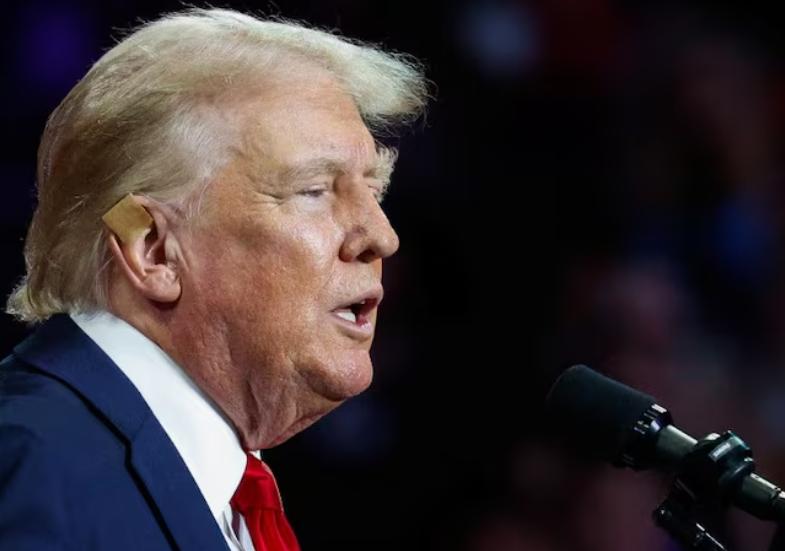In a move that has sent shockwaves through food assistance programs nationwide, the Trump administration announced it will only partially fund November SNAP benefits, cutting payments to millions of low-income Americans by roughly 50%.
The decision, which came after a federal judge in Rhode Island ordered emergency action to avert a total shutdown of food aid, marks the first time in the 60-year history of the Supplemental Nutrition Assistance Program (SNAP) that beneficiaries will receive only partial payments.
The administration’s plan, detailed in a court filing this week, comes amid a tense standoff between federal officials and states struggling to meet the needs of nearly 42 million Americans who rely on SNAP — formerly known as food stamps — to buy groceries.
USDA Deputy Under Secretary Patrick Penn acknowledged in the filing that the abrupt policy shift could take “weeks to months” for some states to implement due to required changes in state payment systems. The result: tens of thousands of families could see their benefits delayed or reduced throughout the holiday season.
“This is unprecedented,” one state official said, describing the strain on local agencies that administer the federal program. “We’ve had shutdown scares before, but we’ve never been forced to cut benefits like this.”

A Court-Ordered Lifeline
The administration’s announcement follows U.S. District Judge John McConnell’s ruling last Friday, which compelled the Department of Agriculture (USDA) to release emergency funds to prevent a complete lapse in benefits. The USDA had previously said that it would suspend all SNAP payments starting November 1, citing a lack of federal appropriations during the ongoing budget impasse.
The judge’s order forced the agency to draw from its $5.25 billion contingency fund to keep the program alive, though that amount covers only a portion of SNAP’s usual monthly cost of $8–9 billion.
“The USDA will fulfill its obligation to expend the full amount of SNAP contingency funds today,” the U.S. Department of Justice said in a statement Monday, confirming compliance with the court order.
Still, the administration has refused to tap into other available funding sources that could have restored full benefits, leaving states to fill the gap on their own or lean on already strained food banks and community aid networks.
A Political and Human Fallout
The reduction in SNAP benefits lands hardest on families already navigating inflation, high grocery prices, and unstable employment. Advocates warn that halving benefits during the winter months could deepen food insecurity nationwide — particularly among children, seniors, and disabled individuals.
“This is a cruel time to make cuts,” said one food policy analyst. “Families aren’t just going to feel this in their budgets — they’re going to feel it at the dinner table.”
The decision also adds fuel to a broader political battle over federal welfare programs. A coalition of Democratic-led states had sued the administration, arguing that it had both the legal authority and moral obligation to maintain full benefits. The court’s emergency order provided temporary relief — but it also underscored how fragile the nation’s safety net has become.
Temporary Fix, Long-Term Questions
Meanwhile, the administration has reallocated $450 million in tariff revenues to cover three weeks of funding for the Special Supplemental Nutrition Program for Women, Infants, and Children (WIC) — a separate but related lifeline for vulnerable mothers and children.
Even with these temporary measures, there’s no clear path forward for December or beyond. Federal officials have not indicated whether additional contingency funds exist or whether Congress will act to restore full funding.
The ripple effects of these partial payments are expected to hit low-income households hardest in rural areas and communities of color, where SNAP participation is highest.
“Families are already choosing between food and medicine,” one anti-hunger advocate said. “Now they’ll have to stretch half a benefit to last a whole month.”
With the holidays approaching and food prices climbing, the message from Washington is clear but chilling: the safety net is fraying, and the nation’s poorest may once again bear the cost of political gridlock.

